
Landfront Vlissingen
Vlissingen (or in English: Flushing) was of great strategic importance to the Germans, thanks to it’s location. As part of the Atlantikwall, they fortified the city and the surrounding area for its defense. To prevent an attack from behind, the army constructed a defense line called “Landfront Vlissingen” as part of VB (Verteitigungsbereich) Vlissingen, which consisted of a kilometers long anti-tank vault backed by concrete bunker positions. The line started from the dunes West of the town of Valkenisse and followed it’s way through Koudekerke until it ended at Fort Rammekens (Schorerpolder) East of the village of Ritthem.

Stützpunkt Krimhild
Nieuw-Abeele linked the West part of the defense line with the Walcheren Canal (Dutch: “Kanaal van Walcheren”). Because of the Canal it was not possible to continue with the anti-tank vault here, so the German constructors decided on a dragon-teeth line for the last 150 meters or so. Behind the dragon teeth they built a garage bunker to hold a heavy anti-tank gun. A hundred meters further behind it they constructed a Gruppenunterstand bunker of Type 621, serving as a Command and communications bunker. This bunker was camouflaged like a normal house, by painting windows and brick wall motif on the outside concrete, even giving it a saddle roof made of timber and roof tiles.



If you follow the canal further North from this camouflaged bunker you will find the start of the so-called “Bunkerpad” (Eng: “Bunker Path”). This path follows the original Anti-Tank line and takes you past several impressive bunkers.
Bunker Type 630 Schartenstand für MG
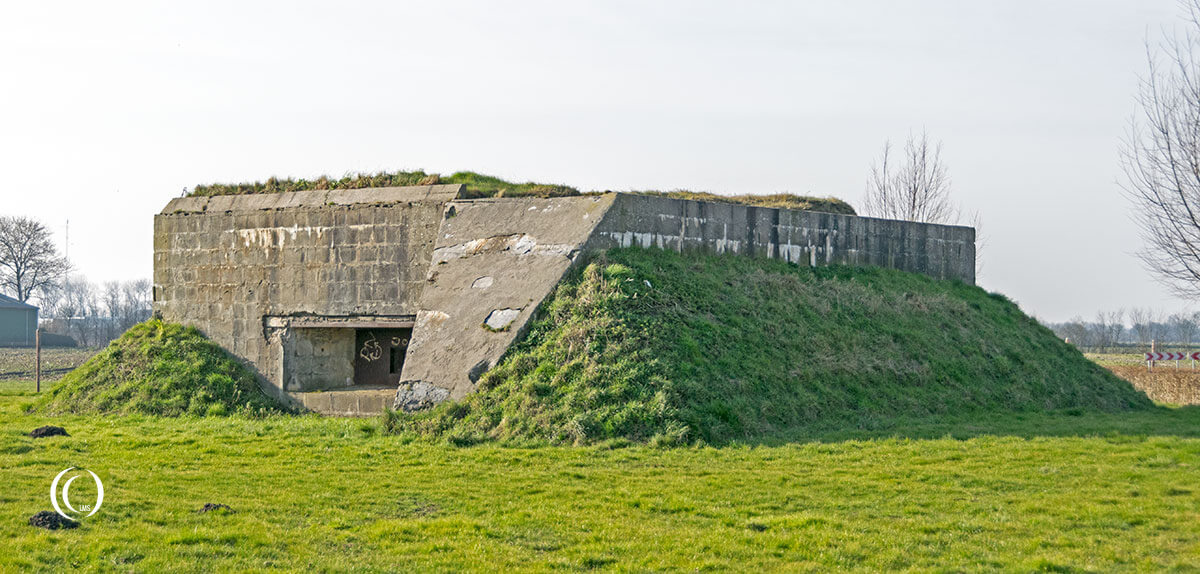
These type R 630 embrasured MG stands were heavy bunkers with an overall wall and roof thickness of 2 meters. On the flanking side facing the tank vault the wall thickness was even 3 meters to withstand even the heaviest tank grenades. The MG position was protected by an armored steel plate weighing around 20 tons. The bunkers were earthed to protect them even more and camouflage them in the open grassland.
Some of the bunkers have smooth curved cast concrete build, while others like the one above are more square and constructed from building blocks. The reason for this is because the German Army had to save time and material as the war progressed, so the latter was constructed in this way.



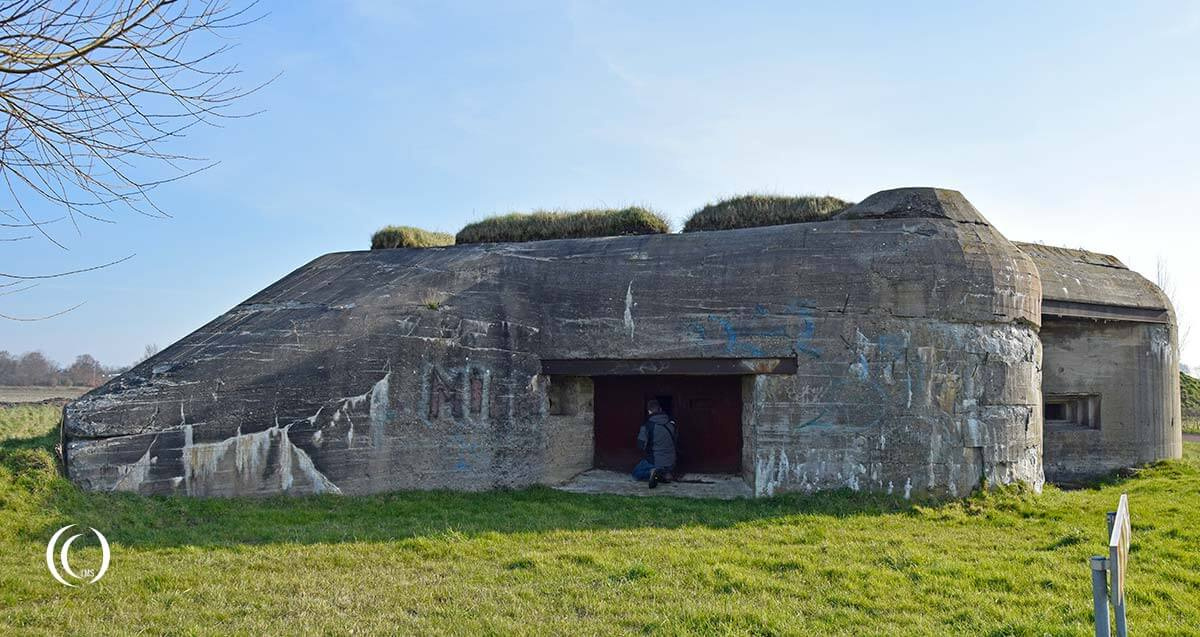
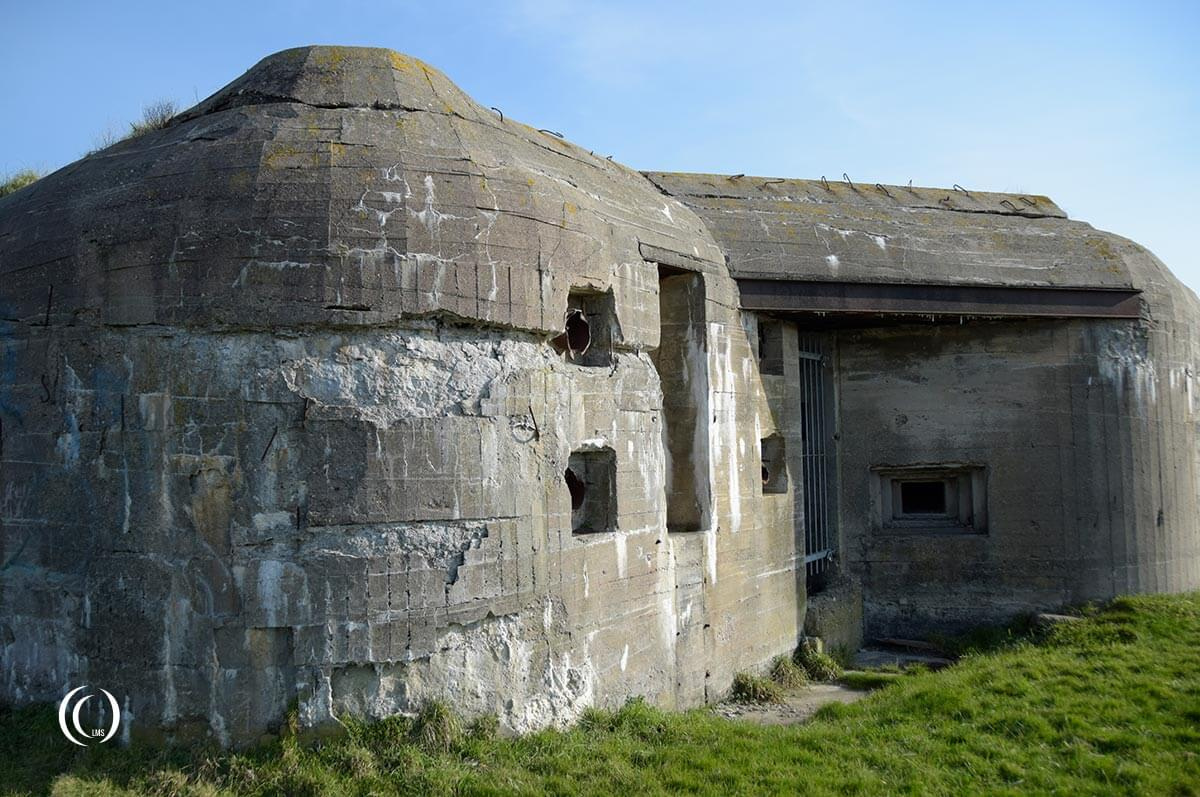
The older bunker shows signs of battle. The embrasured wall is damaged by bullets and the right side of the wall next to the armored plate shows many bullet impacts.
Bunker Type 625 Schartenstand für PAK 40 (Panzerabwehrkanone)
This bunker Type 625 was designed to house a 7,5 centimeter PAK 40 (Panzerabwehrkanone) Anti-Tank gun and a crew of six. The bunker provided space for the PAK 40 gun, sleeping/living quarters for the crew and a munitions room in between. The rear entrances of the bunker could be defended by a flanking machine gun port. A Tobruk on the roof provided more means of defense.

The bunker in this position was guarding a bridge across the tank vault that used to be there. The neighboring MG Schartenstands provided protection on it’s flanks.
PAK 40 anti-tank gun

The 7.5 cm Pak 40 (Panzerabwehrkanone) was developed for the Wehrmacht between 1939-1941 by Rheinmetall. After it’s introduction in early 1942 it formed the backbone of the German anti-tank guns for the latter part of World War Two. The PAK 40 was mostly produced as a towed gun, but was also fitted on a number of tank destroyers such as the Marder series. During WW2 there wasn’t any Allied tank that could withstand the punch of this heavy gun, except for the Russian IS-2 and the US M26 Pershing. Placed low on its undercarriage the gun was hard to spot when hidden on the battlefield.
The downside of this gun was its heavy weight of 1,400 kilos. In the field it was impossible to move or displace it without a tractor, especially on soft ground. This made it hard to aim on fast moving targets from a flanking position.






Further down the path you’ll find two more bunker type 630’s. One of the bunkers is in bad shape. Most striking about it is the partly bricked up entrance. In 1944 the Allies bombed the sea walls of Walcheren Island and large parts of it were flooded by sea water. Here we can see that the soldiers tried to keep out the water by sealing up part of the bunker.
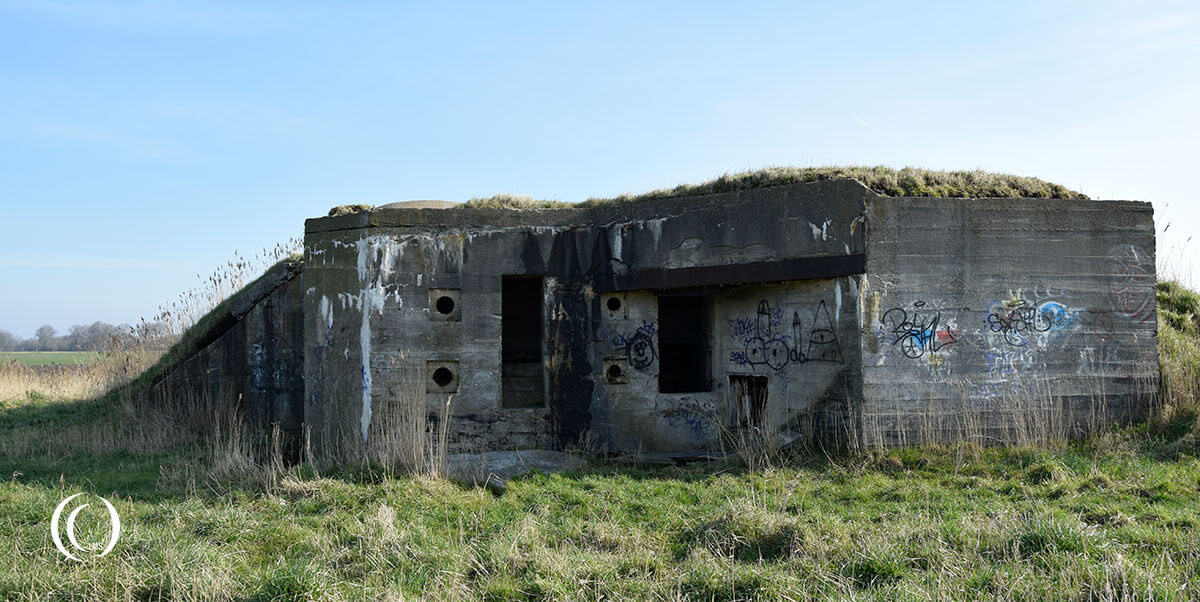
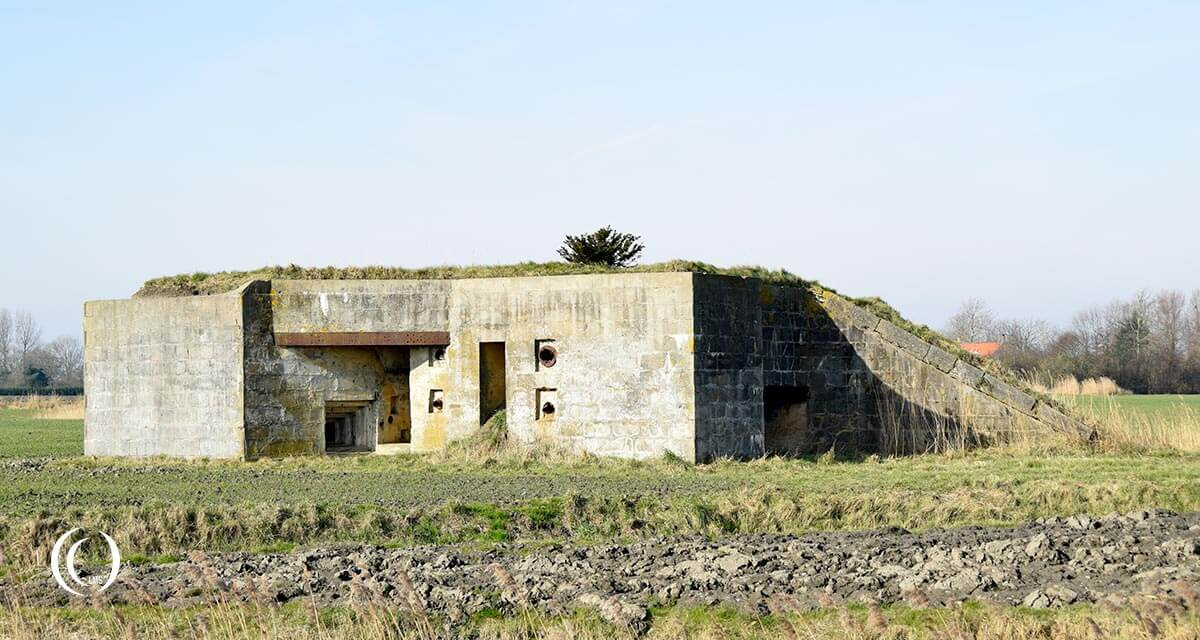
Visit Stützpunkt Krimhild of Landfront Vlissingen
You can visit the bunkers of this German strongpoint by following the Bunkerpad starting from Nieuw Abeele, Walcheren. This path is not accessible for cars, so you’ll have to hike or travel by foot. Some of the bunkers have been made inaccessible for visitors.